Dr. J. Staab Research
Your Partner for AI-Driven Analytics in Urban Environments

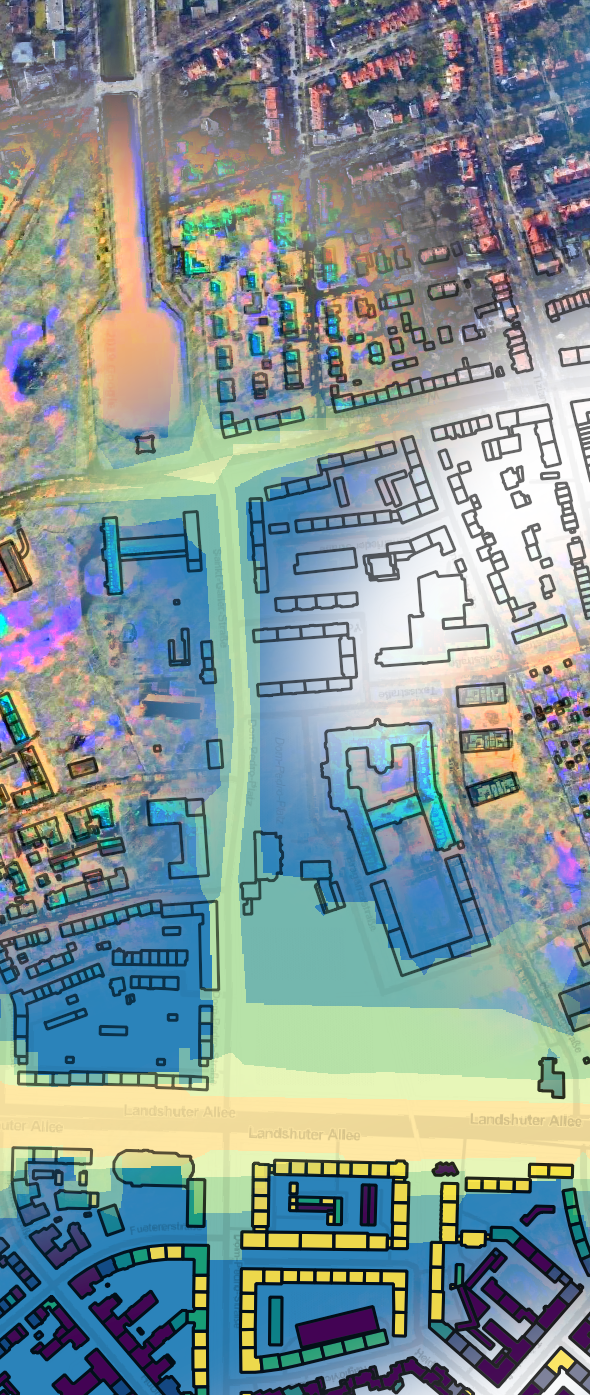
Leveraging Geospatial Data, Driving AI-informed Decisions
Complex urban processes demand innovative approaches. Today, we have the advanced capabilities to apply sophisticated AI models on multimodal, geospatial data. By transferring expertise from academic research into industrial applications and local communities, we enable smarter decisions in planning, environmental analysis, and economy.
Interdisciplinary Topics
Innovative Methods
Actionable Insights
Expertise
Urban Environmental Monitoring
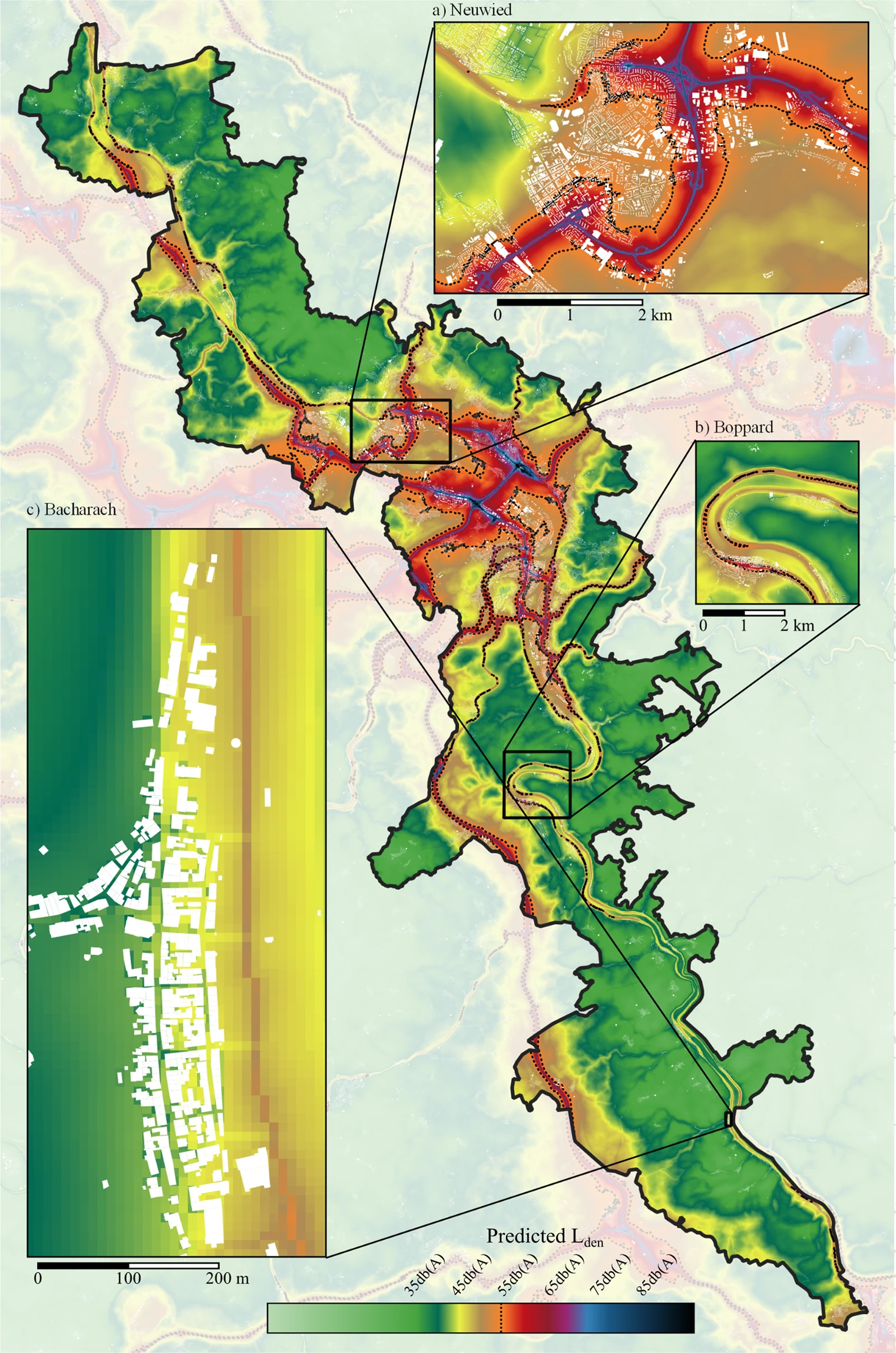
Earth observation satellites continuously map the complexities of urban environments. In a very cost-efficient manner, advanced remote sensing technologies transform reflected sunlight into precise quantification of land use / land cover, public green spaces and other crucial surface characteristics.
Furthermore, multimodal models allow for the abstraction of more intricate geoinformation, including detailed road traffic noise exposure data. Potentially on both, pan-European scale and multitemporal scope.
These comprehensive approaches, underpinned by robust geospatial data management, enable us to provide actionable insights for sustainable urban planning and environmental quality improvement.
Computer Vision Applications
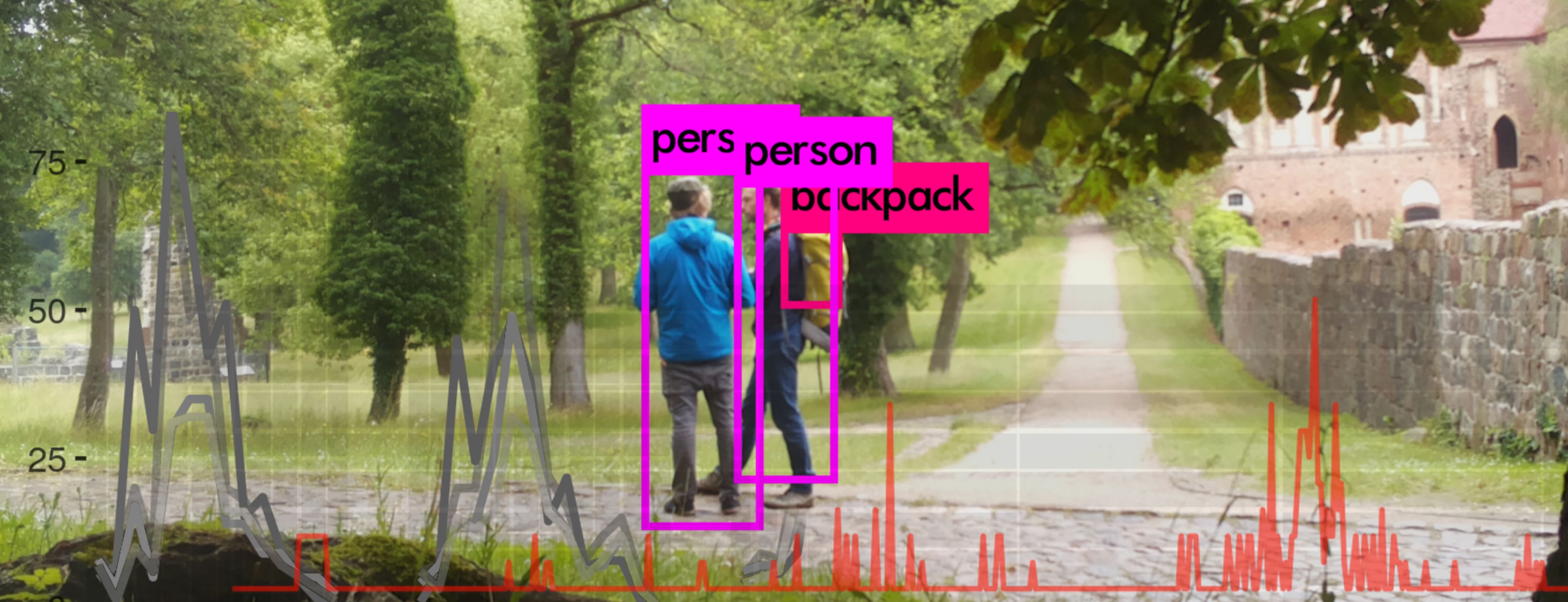
State-of-the-art libraries translate advanced earth observation techniques to diverse, real-world data streams. By applying established methodologies to webcam and drone imagery, highly detailed and dynamic insights can be extracted. This allows for comprehensive monitoring of elements such as traffic patterns, public space utilization, as well as environmental and infrastructural conditions.
These solutions are scalable and cost-effective. Using open-source software adapted to various hardware deliver robust monitoring capabilities and a high semantic level of detail in urban and suburban domains.
Large Language Models
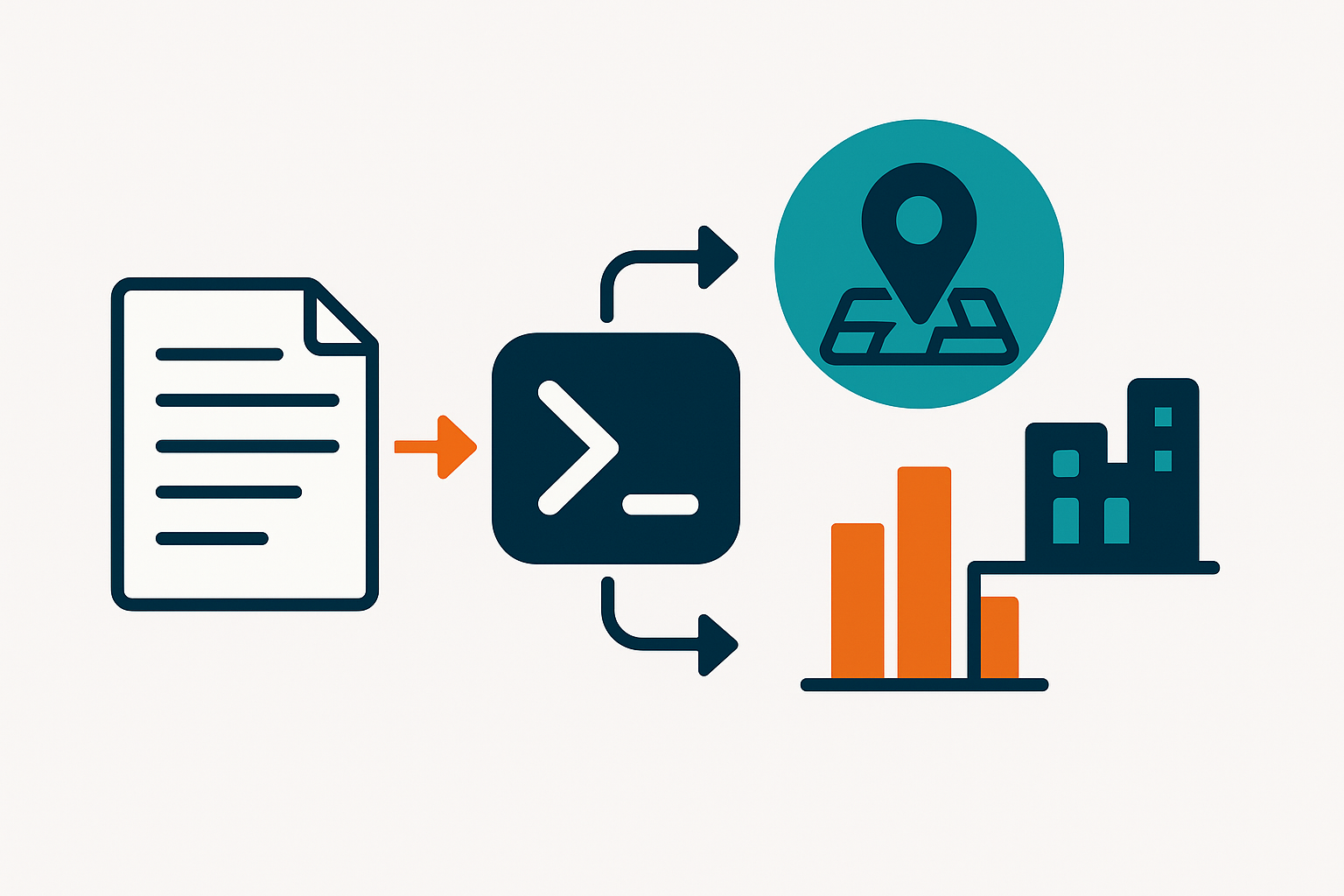
Recent developments enable the transformation of diverse unstructured text data into structured inputs for advanced analytical and multimodal applications. Therewith LLMs facilitate the extraction of hidden patterns and semantic relationships from textual information.
Sophisticated agents and customized system prompts allow this capability to be integrated seamlessly with geospatial and other data modalities to generate comprehensive insights for complex challenges in urban policy-making and academic research.
Get Things Done
Developing a powerful solution is a straightforward process. Three steps efficiently lead to sustainable results. Let's start with a brief meeting to assess feasibility, timeline, and value for your enterprise.
01
Pilot Project
We launch a fast pilot to scientifically probe and fine-tune innovative methods specifically for your challenges.
02
Enterprise Rollout
The best configuration is rolled out as a scalable, enterprise-ready tool that delivers actionable insights and a clear competitive edge.
03
Comprehensive Onboarding
We finish with comprehensive onboarding, ensuring your team’s domain expertise is fully amplified.
About
Scientific Background
As a founder and scientist, Dr. rer. nat. Jeroen Staab dedicates himself to the intersection of Artificial Intelligence (AI), Geographic Information Systems (GIS), and urban environmental research.
His more than six years of experience at the German Aerospace Center (DLR) equipped him with extensive expertise in scientific project management and the analysis of complex spatial challenges. Complementing this practical foundation, his doctoral research at Humboldt-Universität zu Berlin further deepened his ability to provide data-driven solutions for administration and industry.
Contributed to more than fifteen peer-reviewed journal articles and being a speaker at international conferences, he strives to combine scientific depth and an interdisciplinary approach with practical applicability.
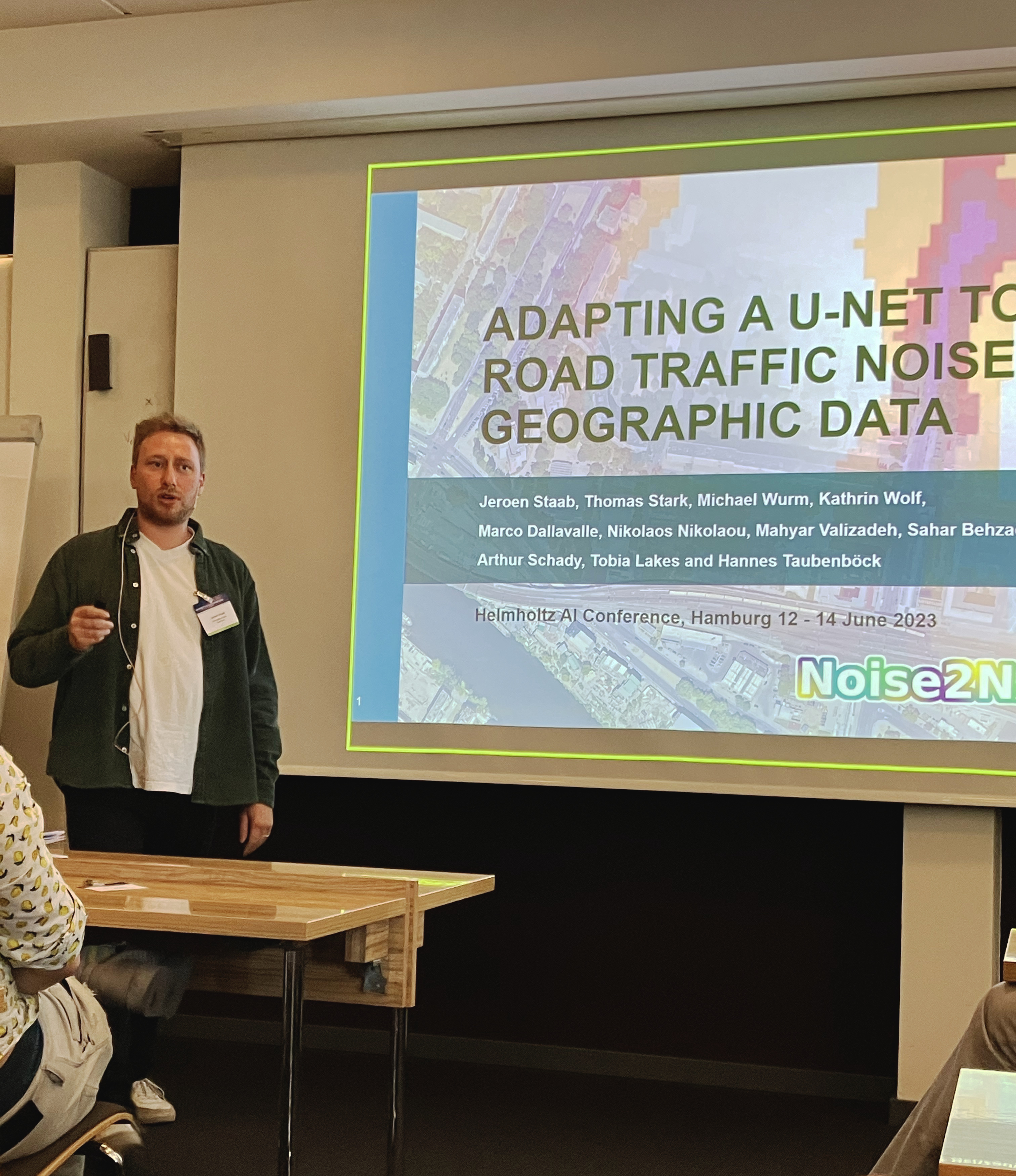
Projects
- Low Noise Behind the Structures - Lärmkartierung aus dem All (DBU)
- Noise2NAKOAI - AI Methods linking Environment and Health - a large-scale cohort application (Helmholtz AI)
- MetaMap3 - Metadata generation, enrichment and linkage across the three domains health, environment and earth observation (Helmholtz Metadata Collaboration)
- Digitaler Atlas 2.0 - Domänenübergreifende Softwareanwendungen und Geodateninfrastrukturen für die Prozessierung von Geodaten (DLR)
- OptiPlan - Ein innovatives KI-basiertes Planungstool zur Verkehrserfassung für nachhaltiges Flächenmanagement mittels Kamera- und Satellitenbilddaten (BMBF)
- HYBRID - Drohnendaten-Erfassung-KI-Opmiert (BMWK)
Online Me
Publications
Network
Successful projects and joint publications have build a solid foundation of trust, allowing me to operate with the support of a wide interdisciplinary expert network from research institutes and business partners.
Contact
Interested in advancing your projects with data-driven insights and scientific precision? Whenever you are ready for tailored solutions leveraging data and AI for you, don't hesitate to get in touch. Together we'll explore how advanced methods can generate lasting value for your specific challenges.